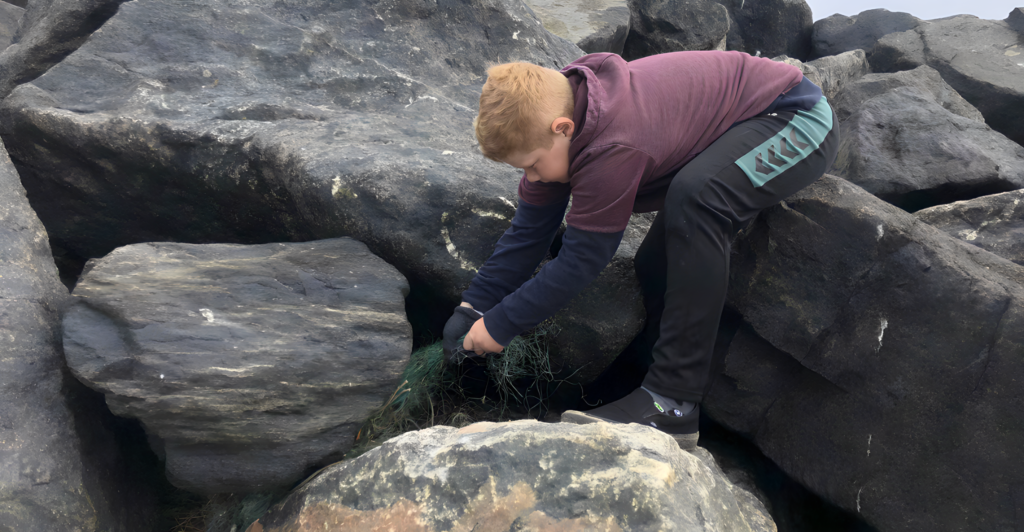
In late 2024, a hiker named Claudia Steffensen made an extraordinary discovery in the Italian Alps that has captivated scientists. While wandering through the Valtellina Orobie Mountains, she stumbled upon fossilized footprints embedded in a rock slab that turned out to be a 280-million-year-old ecosystem dating back to the Permian period.
The Hike That Changed Everything

Steffensen and her husband were exploring a rocky trail in the Ambria Valley when they came across a rock with patterns that resembled animal tracks. Without knowing what she had discovered, Steffensen photographed the patterns and sent them to a nature photographer friend of hers, who went on to share the photos with Cristiano Dal Sasso, a paleontologist at the Museum of Natural History in Milan.
Identifying Rock Zero
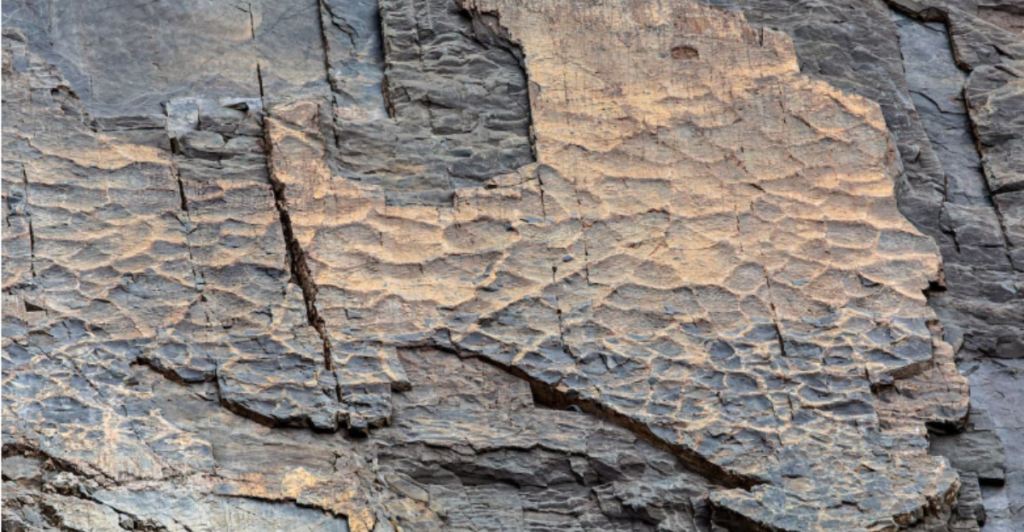
Dal Sasso began a scientific investigation into the rock and its patterns, naming it “Rock Zero.” Dal Sasso and other consulting experts identified the footprints, found at 1,700 meters above sea level, as those of a prehistoric reptile. The investigating team went to the nature park, where hikers have been finding fossilized footprints since 2023.
The Significance of Rock Zero

This remarkable find offers a rare glimpse into a world long before dinosaurs roamed the Earth. Rock Zero is now seen as a pivotal site for paleontological research. The footprints, some of which indicate animals of considerable size (up to three meters long), have been confirmed to belong to reptiles, amphibians, and insects and span at least five different animal species, providing invaluable insights into the biodiversity of the time.
An Exceptional Location

The location of the discovery was rather remarkable. The Valtellina Orobie Nature Park’s president, Doriano Codega, said, “The exceptional thing was the altitude – these relics were found at very high levels and were very well preserved. This is an area subjected to landslides, so there were also rock detachments that brought to light these fossils.” The investigative team found imprints up to 3,000 meters above sea level.
Geological Context

The preservation of the footprints and other fossilized fragments (such as plants, seeds, and raindrop imprints) resulted from climate change. The animals are said to have lived on muddy shores of ancient lakes and rivers, and their preservation is the result of seasonal cycles of wet and dry climates, where layers of hardened mud protected the imprints from erosion.
A Snapshot of Ancient Life
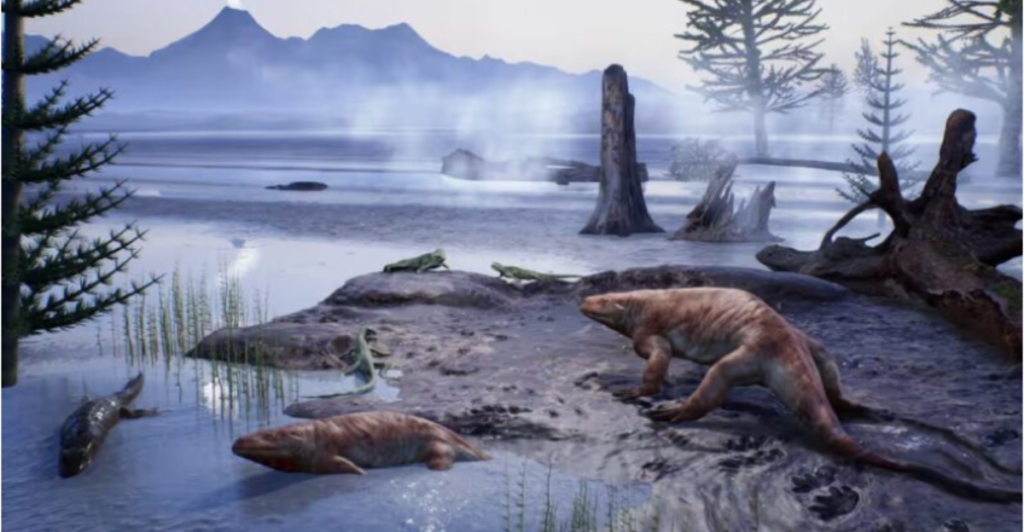
This diverse array of fossils found on Rock Zero and its surrounds paints a vivid picture of life during the Permian period (252 to 299 million years ago). It shows an ecosystem rich in amphibians and reptiles, the preservation of which allows scientists to study ancient climates and ecosystems in unprecedented detail.
The Role of Climate Change

This discovery is an example of global warming melting areas previously covered in ice and snow to reveal hidden worlds. The Permian period was a time of drastic environmental changes, with intense volcanic activity and the development of dry, tropical environments. In this light, the discovery can be seen as a warning because the Permian period experienced rapid global warming, not unlike today, which resulted in the extinction of many species.
Scientific Investigations

After Steffensen’s discovery, teams from the University of Pavia and the Natural History Museum of Milan conducted extensive investigations at the site and expanded their search, revealing more imprints. Researchers now use advanced techniques, such as drone mapping and helicopter support, to navigate the challenging terrain and recover fossils from unstable areas.
Permian Period’s Biodiversity
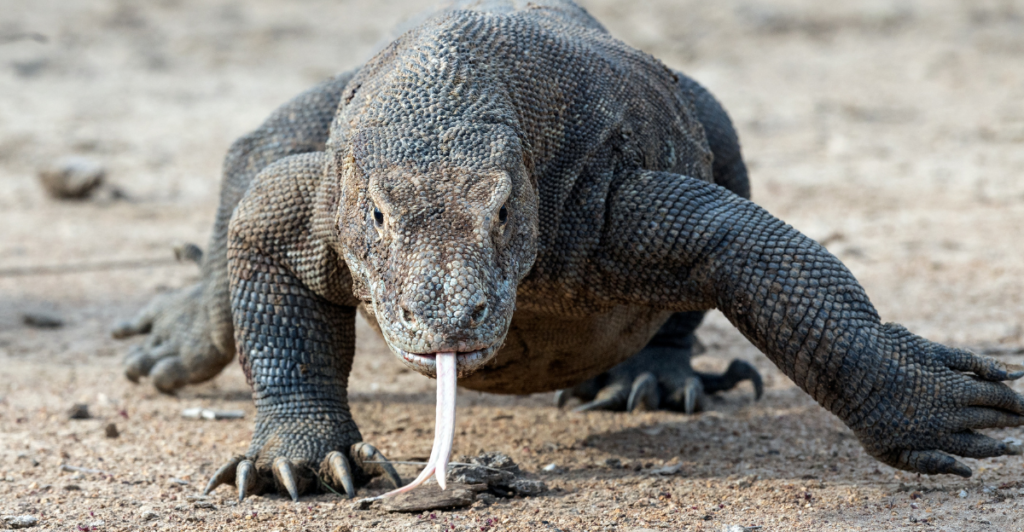
The Permian period is known for its significant evolutionary developments, such as one of Earth’s largest mass extinctions. The fossils uncovered in the Italian Alps, which include animal, plant, and environmental imprints, provide crucial insights into this era’s biodiversity and showcase species that thrived long before dinosaurs dominated the Earth. The variety of life forms this site represents highlights the importance of understanding evolutionary history.
Future Research
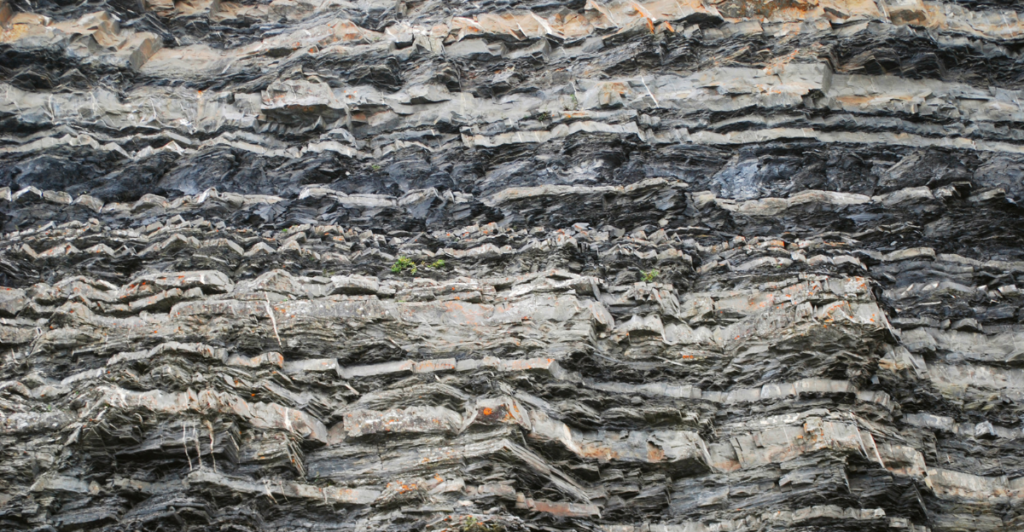
This discovery led to forming an investigative team that included paleontologists and sedimentologists. These scientists can now analyze fossils and the sediment in which they were preserved, leading to a better understanding of the geological context of the Permian period. In doing so, they hope to uncover more about ancient life forms and their environments.
Conservation Efforts

Given the significance of Steffensen’s discovery, park authorities and researchers will need to discuss the best ways to protect this newly uncovered ecosystem while still being able to conduct research and preserve it for future generations. For now, though, some relics have been taken to Milan and displayed at the Natural History Museum.
An Invaluable Discovery

Steffensen’s discovery has been labeled “invaluable,” and it’s not hard to see why. By simply forwarding some photos, she set in motion a chain of events that led to one of the greatest discoveries of the decade. Uncovering a 280-million-year-old lost world has shed light on biodiversity, ecological systems, and climatic events, helping better understand conservation and climate change.
Discover more of our trending stories and follow us to keep them appearing in your feed

Archaeologists Reveal 15,800-Year-Old Ice Age Artifacts – New Insights in How Humans Lived
Dinosaur Discovery in North America Is Completely Rewriting Their History
The War on Cows Is Over—And Green Extremists Have Lost
Scientists Are Bringing Back The Wooly Mammoth
References:
Reference 1
Reference 2
Reference 3
This article first appeared here
Stay connected with us for more stories like this! Follow us to get the latest updates or hit the Follow button at the top of this article, and let us know what you think by leaving your feedback below. We’d love to hear from you!







